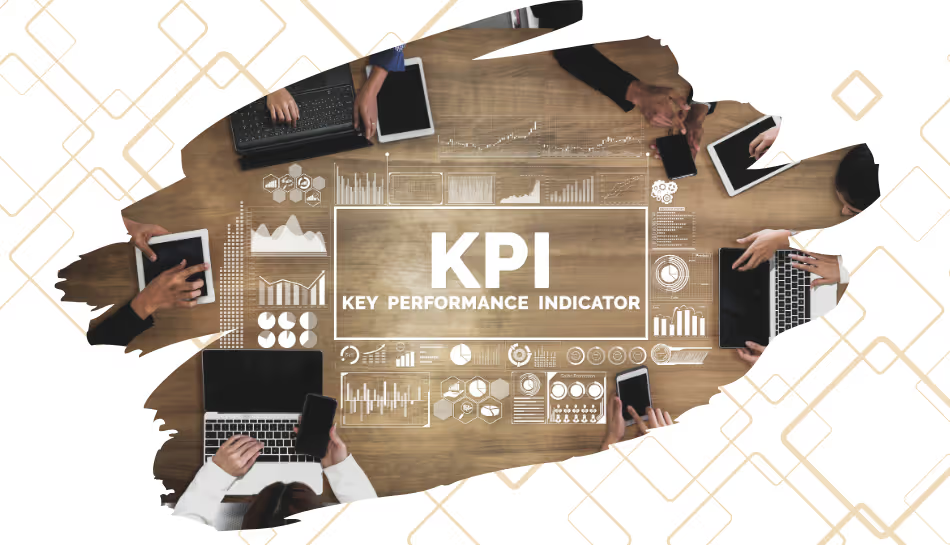An ERP system is a major investment for any business. It connects finance, operations, sales, supply chain, and HR into one unified platform. But once the system goes live, how can you measure whether it’s actually working? Key Performance Indicators (KPIs) are useful in this situation. Tracking the right metrics helps organizations understand the impact of their ERP and ensures long-term success.
Why KPIs Matter in ERP Implementation
ERP projects often take months or even years of planning. Without clear measurements, it’s hard to know if the system is delivering results. KPIs act as guideposts. They translate project goals into measurable outcomes, showing whether the ERP is driving efficiency, improving decision-making, and creating value.
When businesses ignore KPIs, they risk failing to identify gaps early. This can lead to poor adoption, wasted resources, or limited returns on investment. On the other hand, strong KPIs keep the ERP aligned with business objectives.
ERP Transformation Metrics
ERP transformation metrics are the quantifiable measures that track performance before, during, and after implementation. These metrics might include:
- System Adoption Rate – Percentage of employees who use the ERP regularly.
- Process Cycle Time – How long it takes to complete a task, such as order fulfillment or month-end closing.
- Error Reduction – Number of manual errors or data inconsistencies compared to old systems.
- User Satisfaction Scores – Feedback from employees on usability and efficiency.
- ROI from ERP – Financial return generated compared to implementation costs.
By monitoring these, companies can evaluate whether the ERP transformation is on track.
KPI for ERP Implementation
Choosing the right KPI for ERP implementation depends on the goals of the project. Common KPIs include:
- Financial Accuracy – Monitoring whether financial reports are consistent and error-free.
- Inventory Turnover – Measuring how efficiently stock is managed with ERP tools.
- Order-to-Cash Cycle – Tracking how quickly a company collects cash from customer orders.
- Procure-to-Pay Efficiency – Time taken from raising a purchase order to completing payment.
- System Downtime – Measuring ERP availability and reliability.
These KPIs not only confirm whether the ERP is technically sound but also reveal if it’s making day-to-day business smoother.
ERP Implementation Success
Defining ERP implementation success is about more than just going live. True success comes when the system supports business strategy and creates measurable improvements. Signs of a successful implementation include:
- Faster reporting and decision-making
- Improved compliance with regulations
- Higher employee productivity
- Lower operational costs
- Increased customer satisfaction
In short, ERP success is when the system becomes an enabler of growth rather than just another piece of software.
Critical Success Factors for ERP Implementation
While KPIs track progress, businesses must also consider the critical success factors for ERP implementation that influence results:
- Clear Objectives – Defining what the ERP should achieve before implementation begins.
- Strong Leadership – Top management involvement to drive adoption.
- User Training – Ensuring employees understand and are comfortable with the system.
- Change Management – Addressing resistance and preparing teams for new processes.
- Continuous Monitoring – Using KPIs to refine and improve system use after go-live.
Neglecting these factors often leads to underutilized systems and poor ROI.
Final Thoughts
Implementing an ERP system is not the finish line, it’s the start of a transformation journey. To ensure lasting value, businesses must track ERP transformation metrics, set the right KPI for ERP implementation, and focus on the critical success factors for ERP implementation.
By doing so, organizations can achieve true ERP implementation success, improved efficiency, better insights, and stronger growth.



